Ø Aquatic plants are the producers of the aquatic ecosystem Ø They fix sunlight and ensures the survival of an aquatic ecosystem Ø Even though plants originated in water, except algae, most of the aquatic plants are evolved from their mesophytic relatives Examples of hydrophytes Free floating plants Lemna, Salivina, Azolla, Wolffia, Pistia Some of the common examples of floating plants are water lily, water lettuce, and duckweed In the tropical areas with heated still waters, floating plants can completely cover the surface within several months Hence, they are also called aquatic weeds Duckweeds, for example, can double the surface coverage approximately every two daysThe plant floats on water freely is called floating aquatic plant These plants are not attached to the surface They float freely on the water because they have airfilled cavities in leaves and stems These cavities make them lighter and help them to float freely Examples are Water Lettuce, Water Hyacinth, Duckweed etc
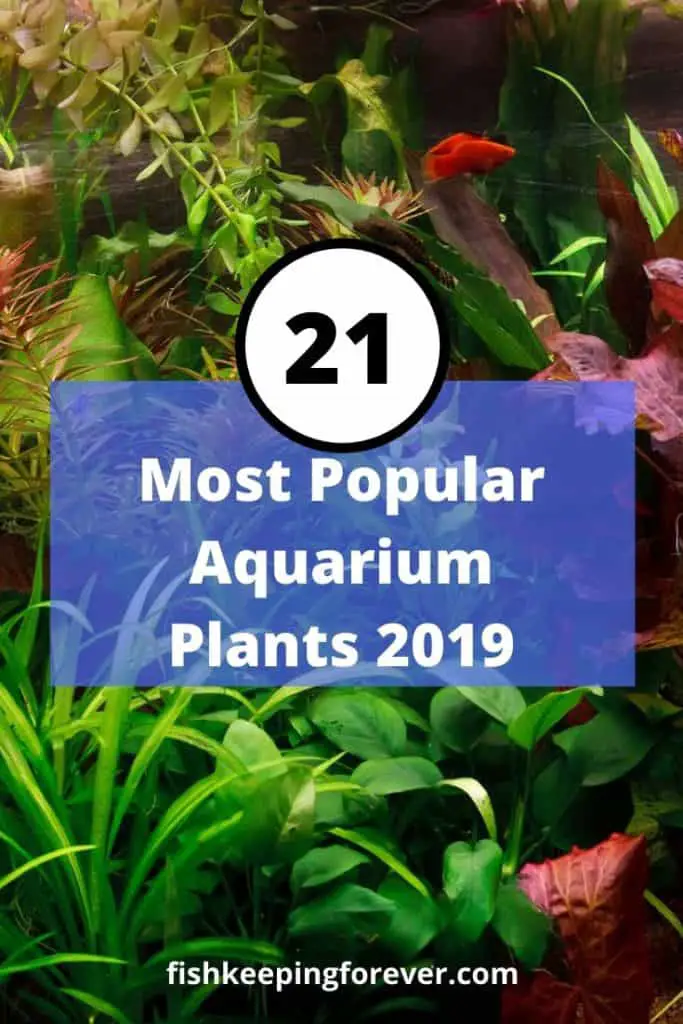
Best Aquarium Plants 21 Popular Plants For A Home Aquarium
Examples of floating aquatic plants
Examples of floating aquatic plants-Floatingleaf plants are rooted in the lake bottom, but their leaves and flowers float on the water surface Water lilies are a wellknown example Floating leaf plants typically grow in protected areas where there is little wave action Duckweeds and watermeal Floating Marshmarigold Rare aquatic plant Small White Waterlily Rare aquatic plant Plant Identification Many ponds have more than one type of aquatic plant, and care must be taken to identify all the aquatic plants inhabiting the pond Some pond plants may be beneficial to local or migratory wildlife, and therefore, may want to be encouraged or at least not eliminated Click on whichever group of aquatic plants that you feel
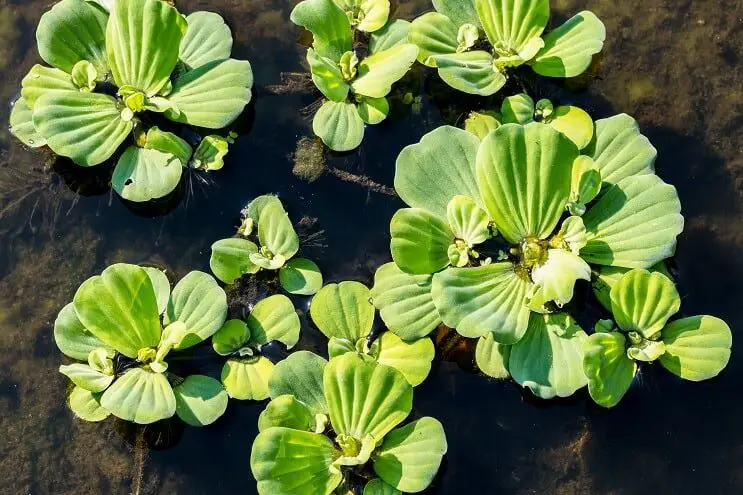



Water Lettuce Fishkeeping World
2 Floating Hydrophytes Float freely on water surface Contact with both water and air May be or may not be rooted Examples Free floating without rooted Wolffia microscopica Floating but rooted Nymphaea, Nelumbium, Victoria regia 3 Amphibious Hydrophytes Plant adapted for both aquatic and terrestrial mode of life Free floating is an aquarium plant that is suspended on the surface of water with its root not attached to water substrate or sediment or bottom of the body of water Such plants have low requirements & they are pretty easy to grow in aquarium Examples of free floating aquatic plants include water cabbage & water lettuceUnsurprisingly, floating pond plants float atop the open water and do not require soil for their roots As all or most of the plant is beneath the surface, oxygen is released directly into the water
Floating plants have leaves that float on the water surface Their roots may be attached in the substrate or floating in the water column Submersed macrophytes are also rooted to the bottom but their leaves grow entirely underwater Due to this they may grow to greater depths than emergent and floating plants, dependent on the water clarityFloating gently in the current, or anchored to the bottom, aquatic plants serve an important job for all living things providing food and oxygen for aquatic ecosystems Free Floating Aquatic Weeds Free floating plants live on the water's surface, are not rooted in the soil, and are usually found in areas with little to no water movement Duckweed and watermeal are common free floating plant species, while water hyacinth and giant salvinia are fast growing nonnatives
Common Aquatic Plants l Free Floating l Submersed l Emergent Mosquito Fern (Azolla Caroliniana) Rapidly forming large floating mats, mosquito fern is common in still waters Water Hyacinth (Eichhornia Crassipes) This invasive plant grows in all types of freshwaters and forms large, heavy mats that jam rivers and lakesInvasive aquatic plants include plants (members of the kingdom Plantae) and algae (primitive organisms that contain chlorophyll) that grow partially or entirely submerged in water This includes plants that are rooted in the sediment with part or all of the plant underwater, as well as plants that float freely without contacting the sediment (Anderson 11;Answer (1 of 7) "A cardiac stress test (also referred to as a cardiac diagnostic test, cardiopulmonary exercise test, or abbreviated CPX test) is a cardiological test that measures the heart's ability to respond to external stress in a controlled clinical environment The



Adaptations Of Totally Submerged Floating And Swamp Plants




3 Types Of Aquatic Plants To Watch For This Spring Kasco Marine
2 The use of aquatic plants for waste treatment 3 The use of aquatic plants for production of phycocolliods 4 The use of aquatic plants for ornamental purposes Grouping of Aquatic Plants on the basis of natural habits ecology 1 Floating plants Floating plants that live in surface layer of the water Their roots float freely and Aquatic flowers are flowering plants that thrive in water environmentsPlants that grow in water are called hydrophytes or aquatic macrophytes Aquatic flowering plants can grow submerged in water, floating on water, or near bodies of water—for example, at the edges of lakes, streams, or ponds Plants that naturally grow partially submerged in water, such as umbrella palm, cattail and horsetail, are called semi aquatic plants Examples of water plants include Water purslane, waterweed plants, African water fern plant, and Anubias Some of the best floating water plants on ponds are duckweed and the mosaic flower
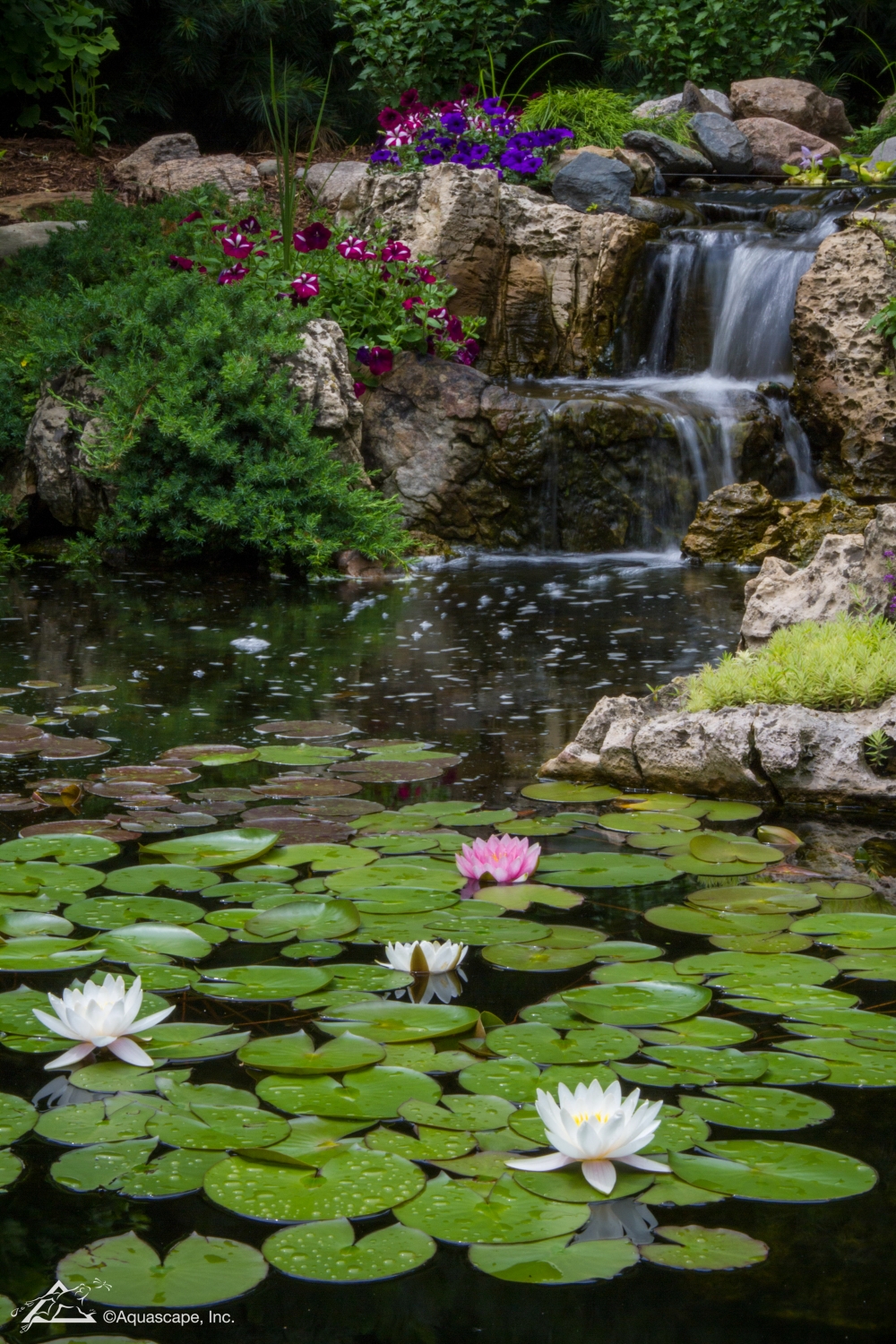



Top 10 Aquatic Plants For Water Features Ponds And Waterscapes




Floating Pond Plants And Aquatic Weeds Aquaplant
Examples of aquatic plants include the water lily, Victorian water lily, frogbit, floating heart, pondweed, watershield, yellow pondlily, capepondweed and waterchestnut Also referred to as aquatic macrophytes or hydrophytes, aquatic plants are plants that are adapted to live in water or aquatic environmentFloating plants for your aquarium These plants have conquered the water surface as their habitat Typical floating plants enjoy three decisive advantages they usually have contact with the surrounding air and therefore always have sufficient CO 2, never suffer from water shortage and do not have to invest much in solid, stable tissue because they are carried by water Aquatic plants, particularly freefloating species, can colonize the surface of a water body very quickly If the water dries up, plants can produce a variety of tubers and resting buds (turions) that will persist in the mud until the water returns These abilities make aquatic plants some of the most troublesome and persistent weeds in the




Pond Plants Are A Vital Part Of A Balanced Aquatic Ecosystem Msu Extension




Emulzija Slatko Potopljen Free Floating Plants Healthyhappybliss Com
Water Spangles vs Duckweed Water spangles (Salvinia minima) is a highly invasive species of floating fern This plant can outcompete other native floating plants and harm Florida's wetland ecosystems Water spangles has slightly folded leaves with bristles on the surface, giving it a roughlooking textureAnswer (1 of 2) Floating and rooted hydrophytes are anchored to the bottom of pond and their leaves are floating on the surface of water Examples are Nelumbium and Victoria These plants have abundant spongy parenchyma in their leaves and petioles which keeps them floating on water surface ForAquatic floating plants are beautiful to look at, especially if they are exotic aquatic plants Aquascapes helps you decide which water plants would work best for your water feature When various colors are brought to the waterscape it can really help the entire water feature design come together in entirety




Floating Aquatic Plants College Of Agriculture Forestry And Life Sciences Clemson University South Carolina
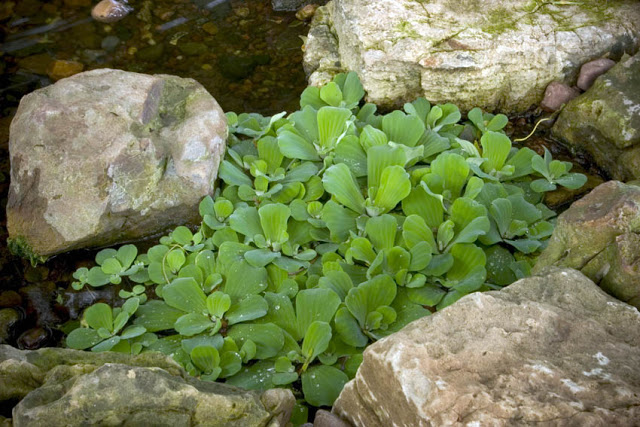



Benefits Of Floating Aquatic Plants Aquascape Inc
Floating plants – Are rooted in floating water (example water lily) or not rooted in the sediment just on the surface (example duckweed) Which among the following is an example of Hydrophytes? They are all common examples of floating aquatic plants This means the plants float entirely or partially on the water's surface While many floating aquatic plants are aesthetically pleasing, they can also be both a nuisance and difficult to control, especially those designated as invasive species in some areas Floating aquatic plants can be a very effective way of adding filtration and surface coverage to a water garden Since these are freefloating plants (having no roots anchored in soil), they draw 100 percent of their nutrients directly from the water, feeding on nutrients that would otherwise feed algae




10 Best Floating Aquarium Plants For Beginners Guide




List Of Nonindegenous Aquatic Plants In The Freshwater Portion Of The Download Table
Floating aquatic plants have foliage that floats on the surface of the water These vital plants provide food, cover and shelter for amphibians, turtles and aquatic life One of the most commonThis is unfortunate as weed is a very negative term Aquatic plants are essential to lake health In science, we often call aquatic plants, aquatic macrophytes to include some of the macroalgae like chara and nittella Emergent and floatingleaf plants during a droughtWater Cabbage Do floating plants oxygenate the water?




Pistia Wikipedia
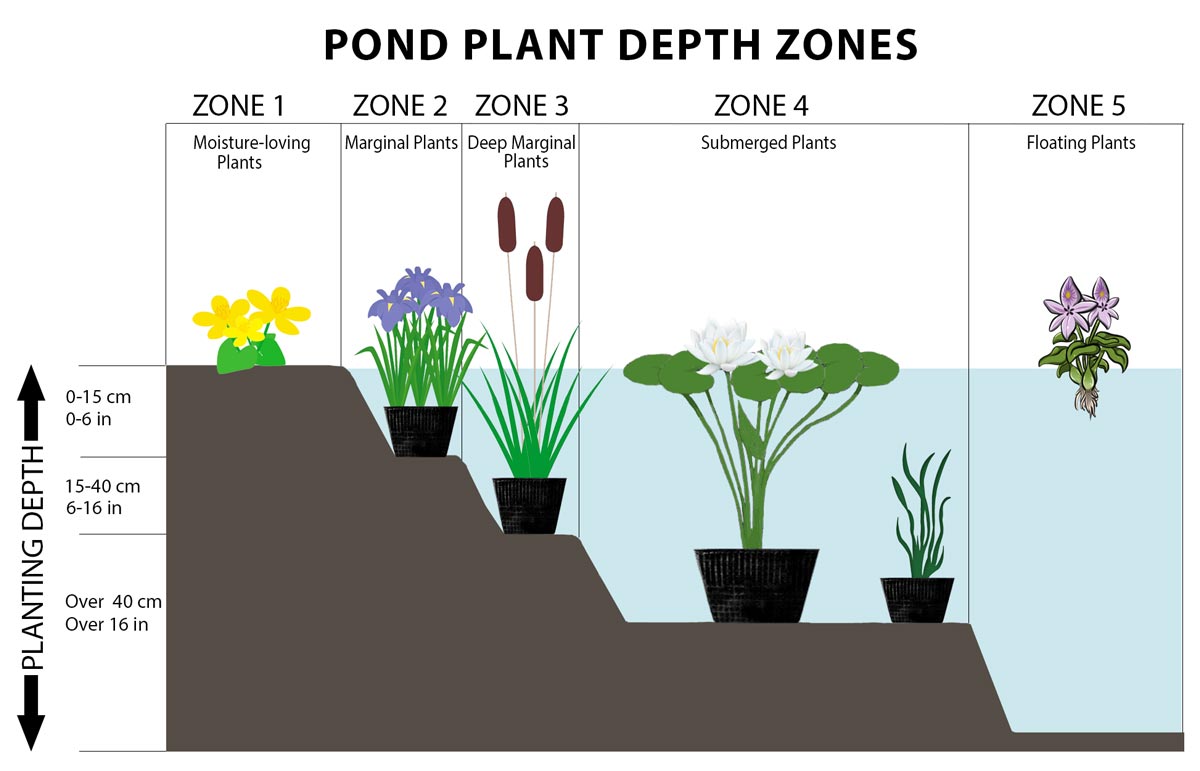



Pond Plant Depth Zones Hydrosphere Water Gardens
Aquatic plants are plants that have adapted to living in aquatic environments (saltwater or freshwater)They are also referred to as hydrophytes or macrophytes to distinguish them from algae and other microphytes A macrophyte is a plant that grows in or near water and is either emergent, submergent, or floating Water Hyacinth, a freefloating plant, is also one of the most infamous invasive aquatic plants – particularly in Floridian waters This is due to its fastgrowing capabilities that allow it to cover waterbodies quickly and effectively and waterways, impeding travel and recreational useThe primary generation phase in macrophytes is the sporophyte, which has two sets of chromosomes per cell (ie, it is diploid)Freshwater macrophytes thus defined are often classified based on lifeform emergent plants, floatingleaved plants, submerged plants, and freefloating plants (Table 181;
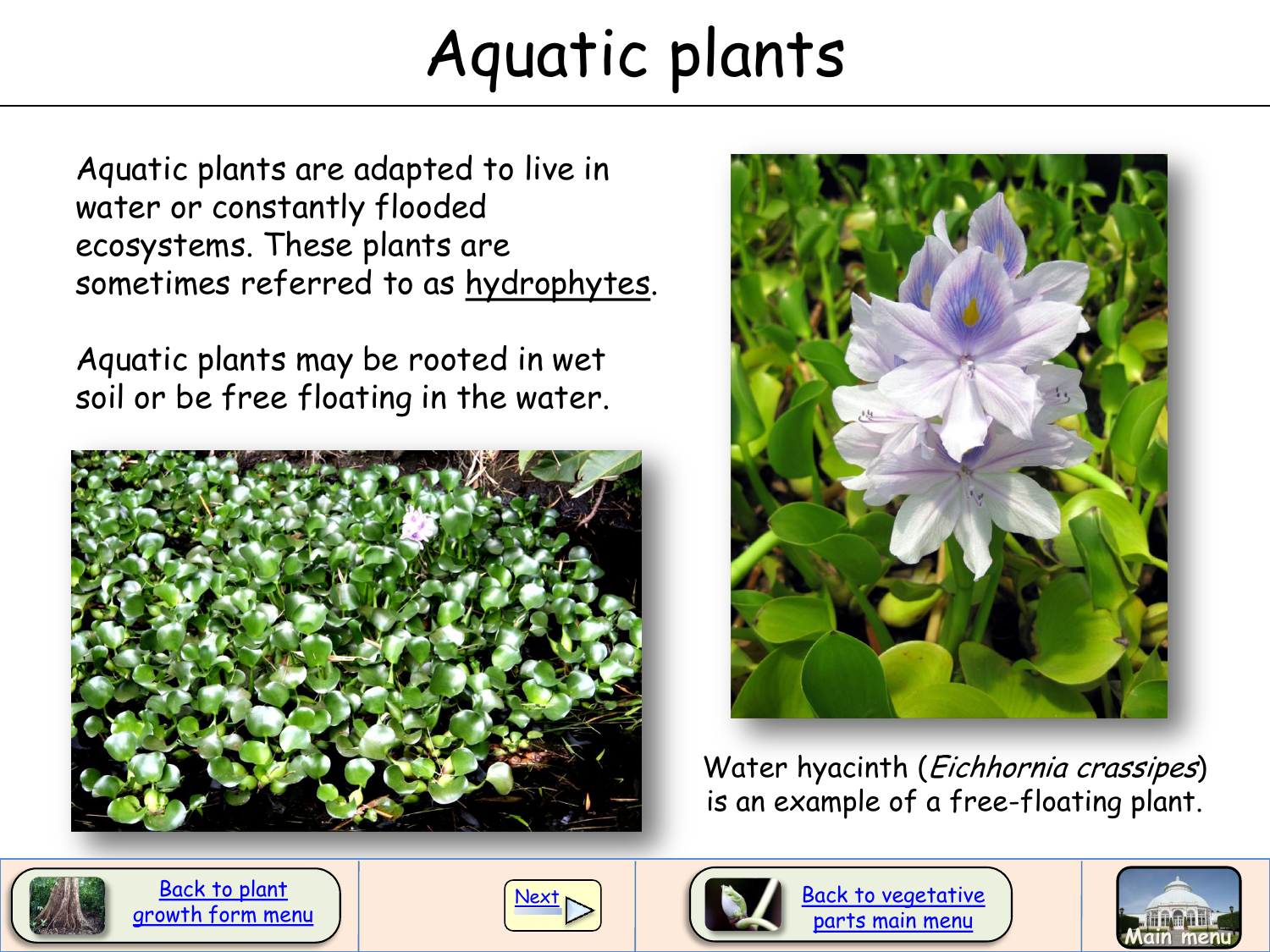



Aquatic Plants




Floating Aquatic Plants College Of Agriculture Forestry And Life Sciences Clemson University South Carolina
Examples of Floating Aquatic Plants The freefloating plants native to Florida include the world's tiniest flowering plant, the duckweed water meal, as well as two bigger duckweeds called small duckweed and giant duckweed The water hyacinth is a freefloating invasive species that has plagued Florida lakes for decades(A) Water or aquatic plants (B) Land or Terrestrial plants • Plants that grow in water are called aquatic plants There are two types of aquatic plants —floating plants, fixed plants and underwater • Floating plants like duckweed, piste and water hyacinth are light and spongy This makes plants very light The freefloating plant, water hyacinth (Eichhornia crassipes), is a nonnative invasive plant in Florida and has been called "the worst aquatic weed in the world" by experts In many Florida waters, it requires constant management, known as maintenance control to maintain low levels and keep waterways passable




Best Aquarium Plants 21 Popular Plants For A Home Aquarium




What Are Different Types Of Aquatic Plants
Any type of plant or vegetation which lives and grows in water is called an aquatic plant They are found in all types of water whether seawater or freshwater For instance, you can see them in oceans, rivers, lakes, ponds and more Just like aquatic animals that have unique characteristics, aquatic plants also have features which theAn aquatic plant with floating leaves have (a) stomata on both leaf surfaces (b) stomata on petiole only (c) stomata on upper surface (d) stomata on lower surface Answer (c) stomata on upper surface 6 Plants such as Pandanus and Rhizophora are examples of (a) xerophytes (b) mesophytes (c) hydrophytes (d) halophytesAnswer Examples of Hydrophytes Lotus, water lily, hydrilla, valisineria, trapa, crow foot etc Explanation Hydrophytes are plants that can




Emergent Floating And Submersed Plants
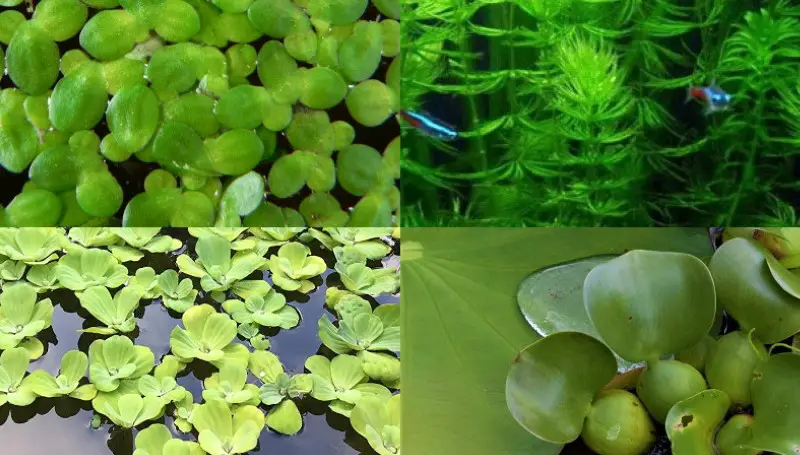



Best Floating Plants For Your Aquarium Coolfish Network
Sculthorpe 1967)A classification based on lifeforms is useful in large riversAquatic Plant Identification The purpose of this section is to help you identify aquatic plants that may be growing in your lake or pond There are four broad general categories submersed, floating, emergent, and algae, with the general definition at the top of each category Aquatic plants anusha 1 Types of Macrophytes PRESENTED BY ANUSHA CHALISE 2 Free Floating Free floating plants float freely on the water surface allowing the entire plant body to be moved around by wind and water current Some examples of free floating plants are duckweed, water hyacinth and water cabbage




Submerged Or Underwater Pond Plants And Aquatic Weeds




Pond Plants To Control Algae Balance Your Water Garden




Water Lettuce Fishkeeping World
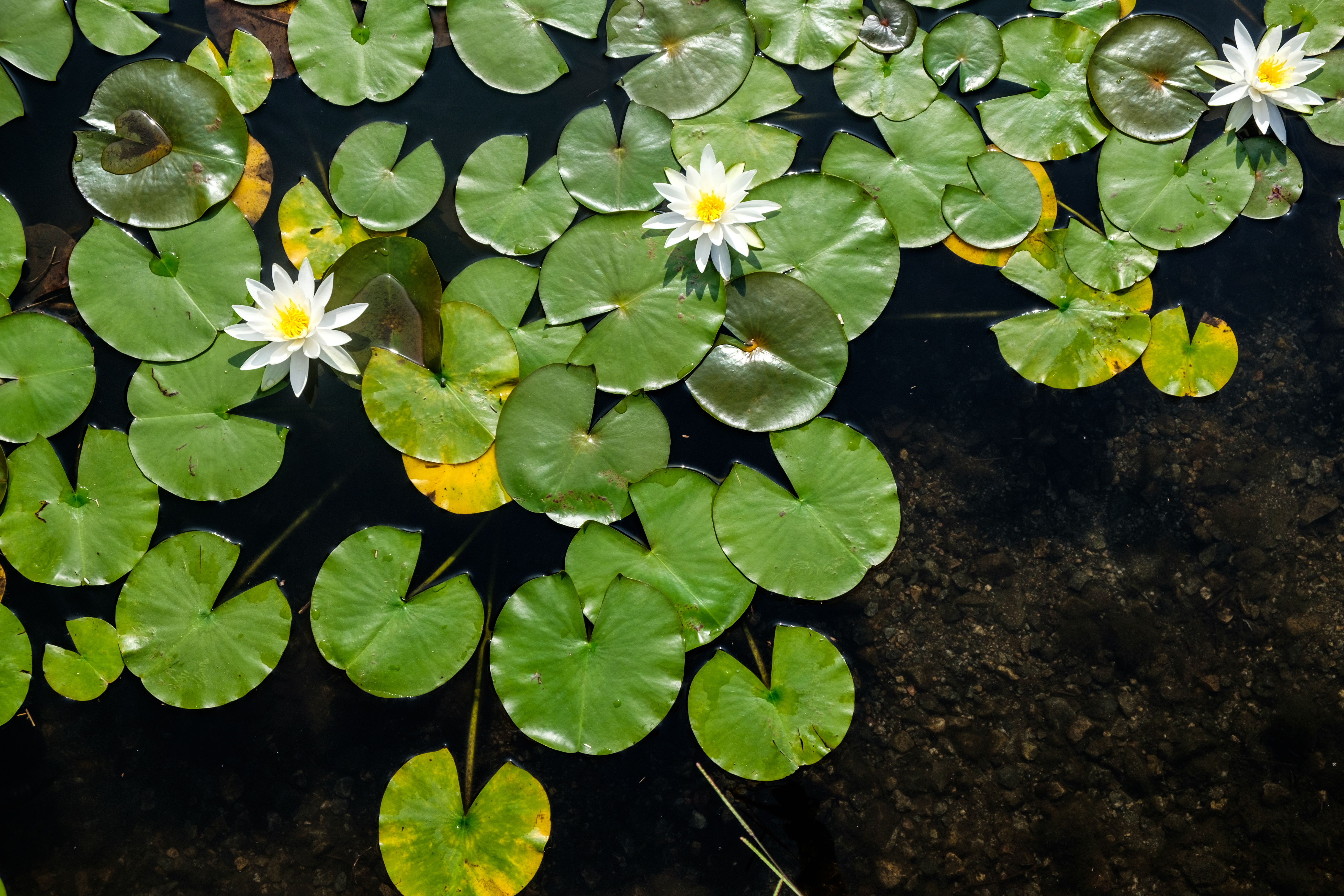



Aquatic Plants With Special Adaptive Features
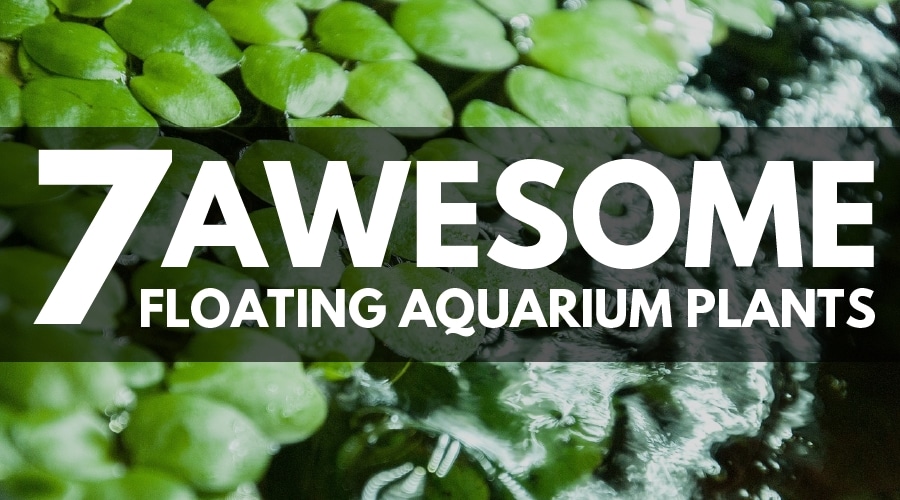



11 Awesome Floating Aquarium Plants The Complete Species Guide




Types Of Water Plants For Your Pond Marginal Floating Submerged Russell Watergardens Koi
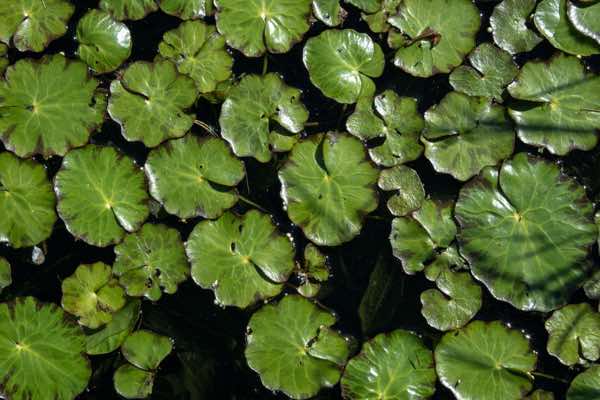



15 Best Water Plants For Indoors And Backyard Ponds




50 Aquatic Plants Names And Characteristics With Pictures D I Y Gardens




Aquatic Plant Floating Plants In A Pond Aquatic Plants And Flowers Stock Image Image Of Foliage Forest



3




Photosynthesis In Aquatic Plants Biology Wise




10 Best Floating Aquarium Plants 21 Reviews Top Picks It S A Fish Thing
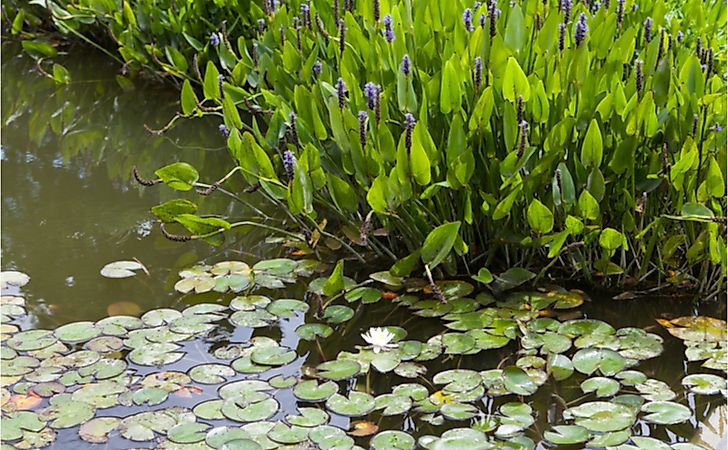



What Are The Different Types Of Aquatic Plants Worldatlas



Why Do Floating Plants Have A Waxy Coating Water Garden Central




16 Best Floating Aquarium Plants With Pictures Aquariumnexus
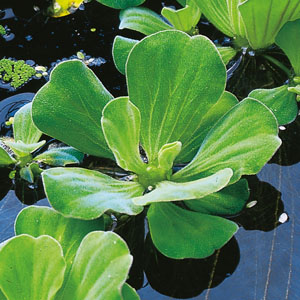



Floating Plants Ideal Plants For Newly Laid Ponds Velda




Floating Aquatic Plants Posts Facebook
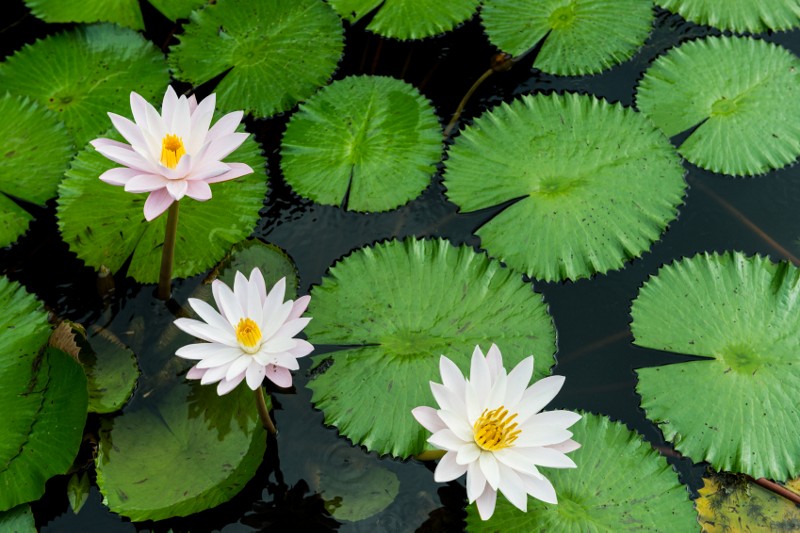



Science Review Of Plant Adaptation Free Homework Help




Floating Pond Plants How To Use Floating Plants For Ponds



What Is The Difference Between The Root Of An Aquatic Plant And A Desert Plant Quora
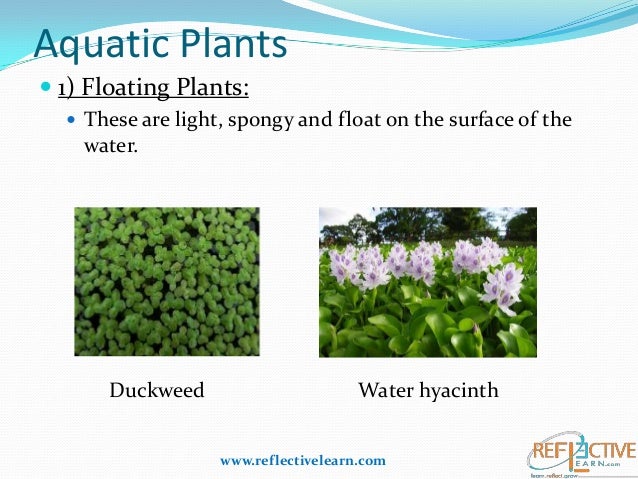



Class Iv Science Plants Adaptation
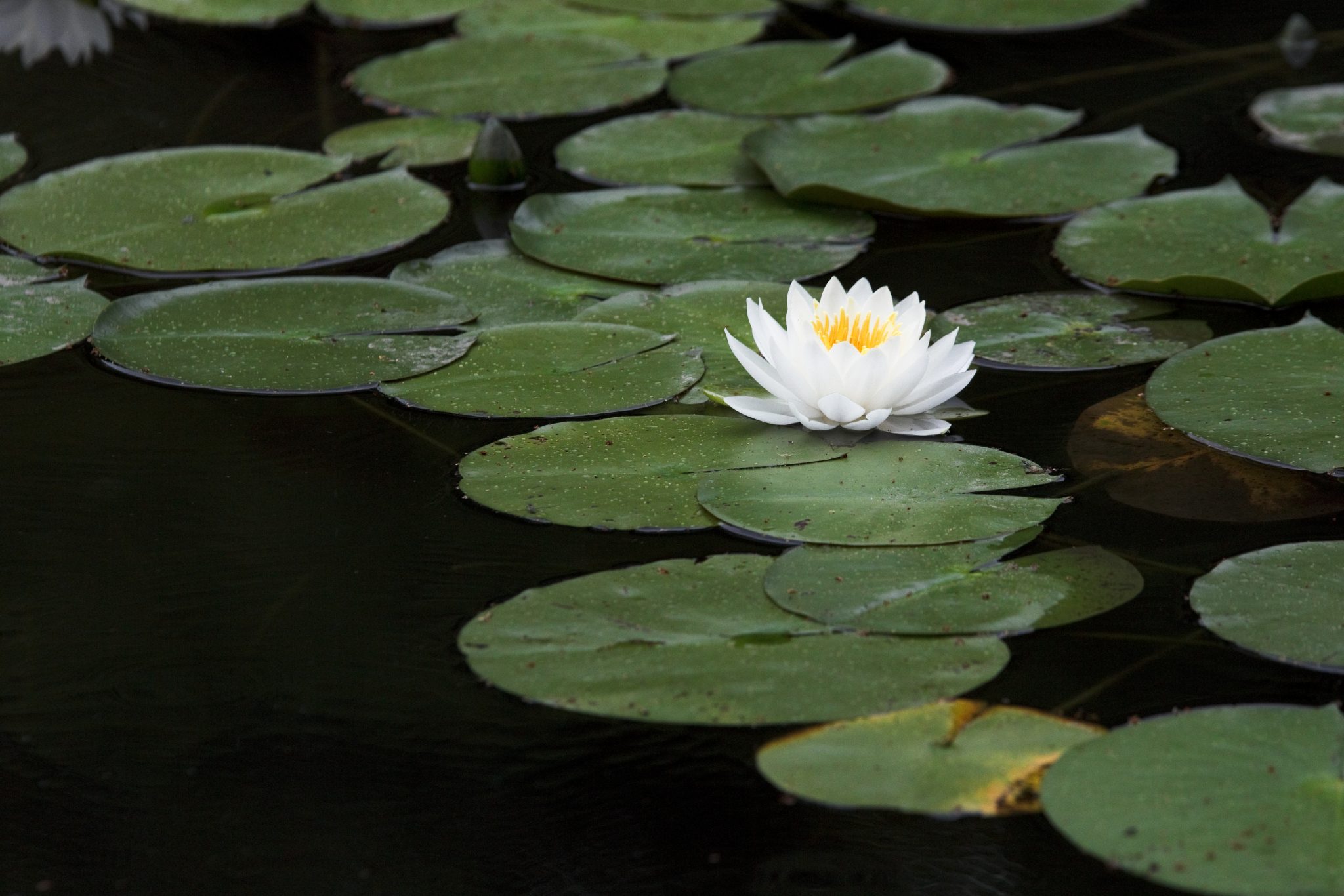



Aquatic Plants For Ornamental Garden Pools Alabama Cooperative Extension System




Aquarium Floating Plants Pros And Cons Shrimp And Snail Breeder



25 Common Water And Aquatic Plants Grown In The Philippines Collectors Connection




Free Floating Pond Plants



Three Examples Of Aquatic Plants With Floating Leaves Stemming From Download Scientific Diagram




Aquatic Plants Floating Pond Plant Water Hyacinth
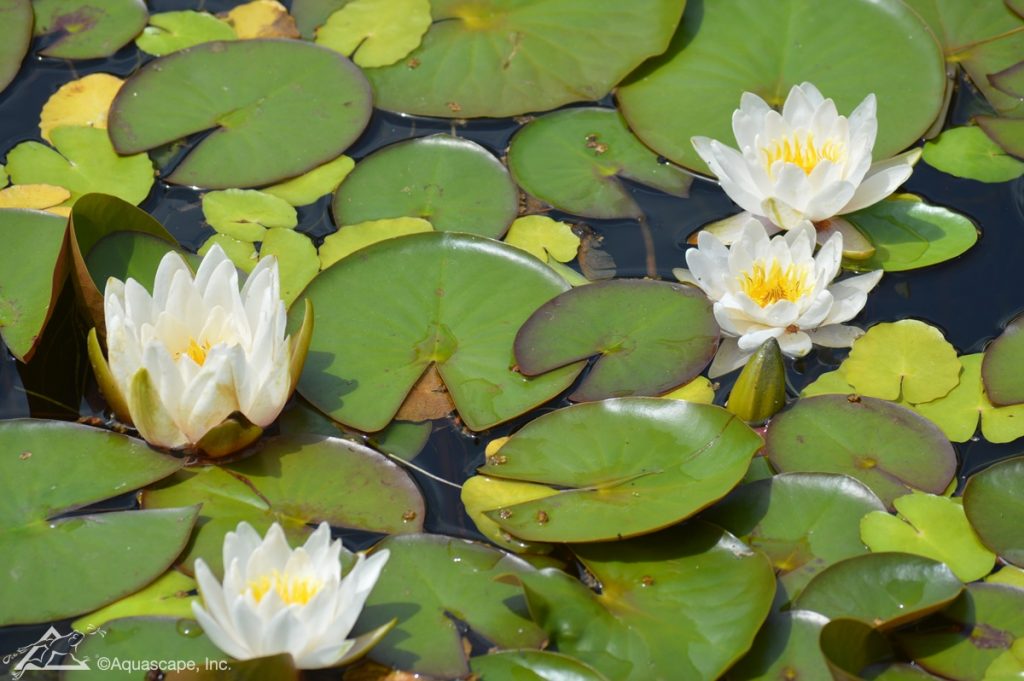



Aquatic Plants Types Of Pond Plants Aquascape Construction




15 Floating Aquarium Plants For Beginner Freshwater Aquarists Aquanswers




50 Aquatic Plants Names And Characteristics With Pictures D I Y Gardens




5 Best Floating Aquarium Plants For Guppy Fish




Stratiotes Aloides Floating Aquatic Plant Floating Pond Plants Floating Plants Plants
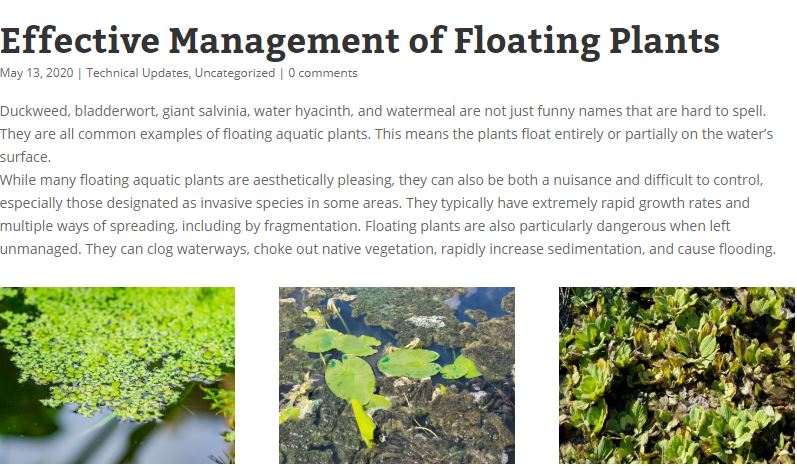



Naturalakebioscience Having Issues With Floating Aquatic Plants These Plants Can Be A Nuisance And Are Difficult To Control Follow The Link Below To Learn How To Control These Plants And




3 Types Of Aquatic Plants To Watch For This Spring Kasco Marine




Aquatic Plants Connie S Pond And Koi




Water Lettuce How To Grow And Care For Pistia Water Lettuce Aquarium Tidings
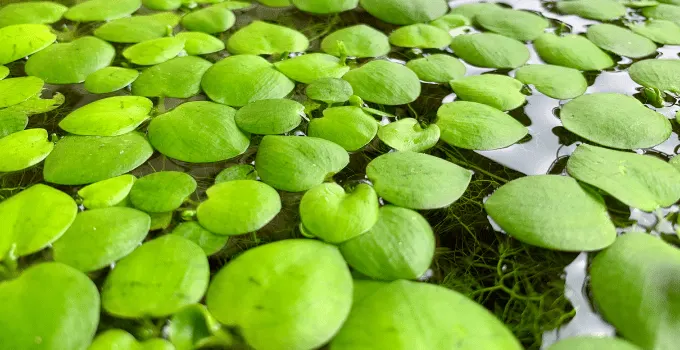



The 8 Best Freshwater Floating Aquarium Plants




Aquatic Plant Wikiwand




10 Best Floating Aquarium Plants For Beginners Guide




Best Low Maintenance Floating Plants For Beginners




Explain About Aquatic Plants Youtube




Common Floating Plant Identification Kasco Marine




10 Best Floating Aquarium Plants For Beginners Guide




Aquatic Plant Wikipedia




Water Plants Name Water Plants Chart Water Plant Name With Picture Youtube



2




Information On Plants That Live In Water




Growing Full Sun Plants Around Pond Can A Pond Be In Full Sun




Amazon Com Water Lettuce Floating Live Pond Plant Pet Supplies
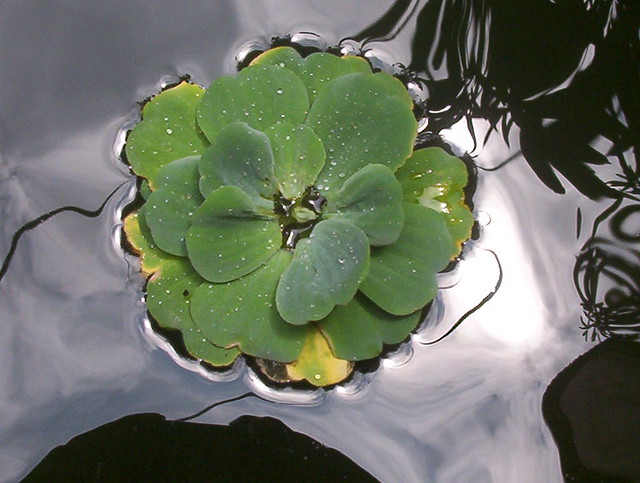



Awesome Aquatic Plants Facts For Kids Aquatic Plant Types
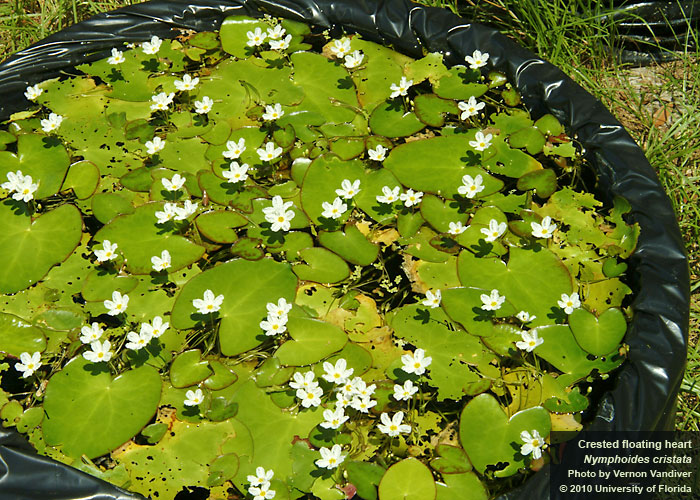



Floridas Most Invasive Plants Plant Management In Florida Waters An Integrated Approach University Of Florida Institute Of Food And Agricultural Sciences Uf Ifas



8 Best Floating Aquarium Plants The Aquarium Adviser
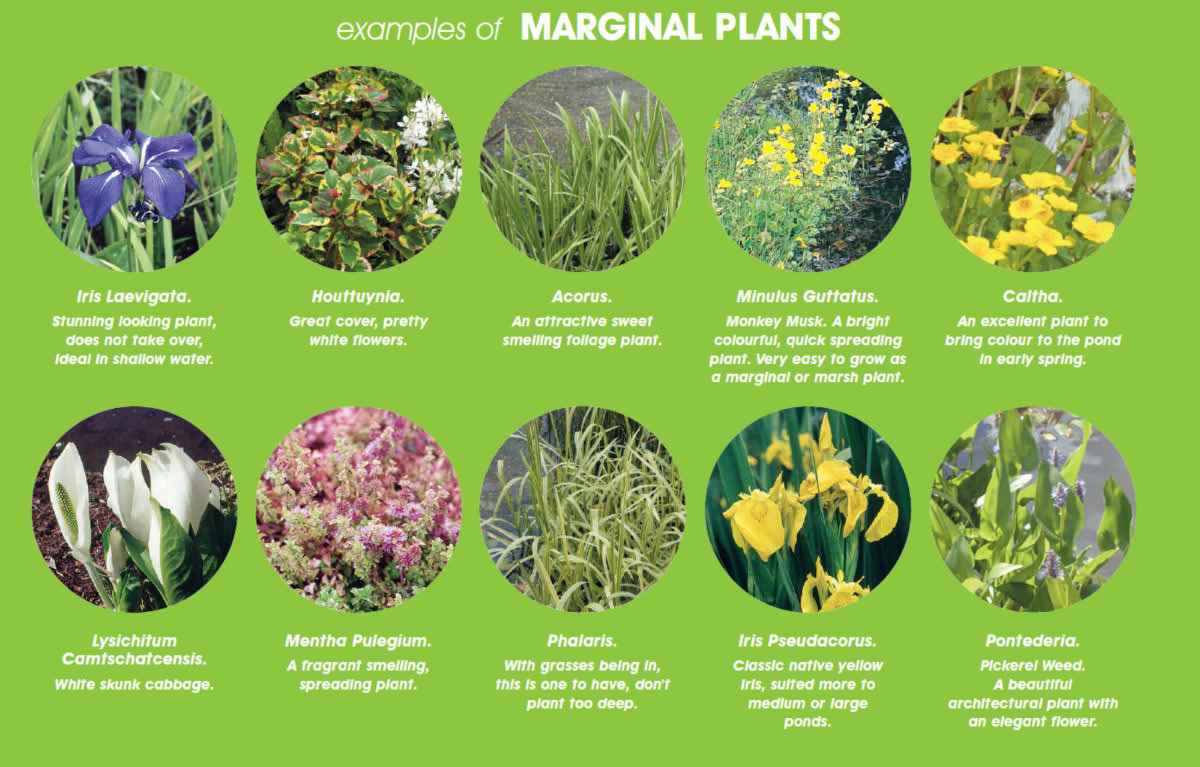



Guide To Marginal Pond Plants World Of Water
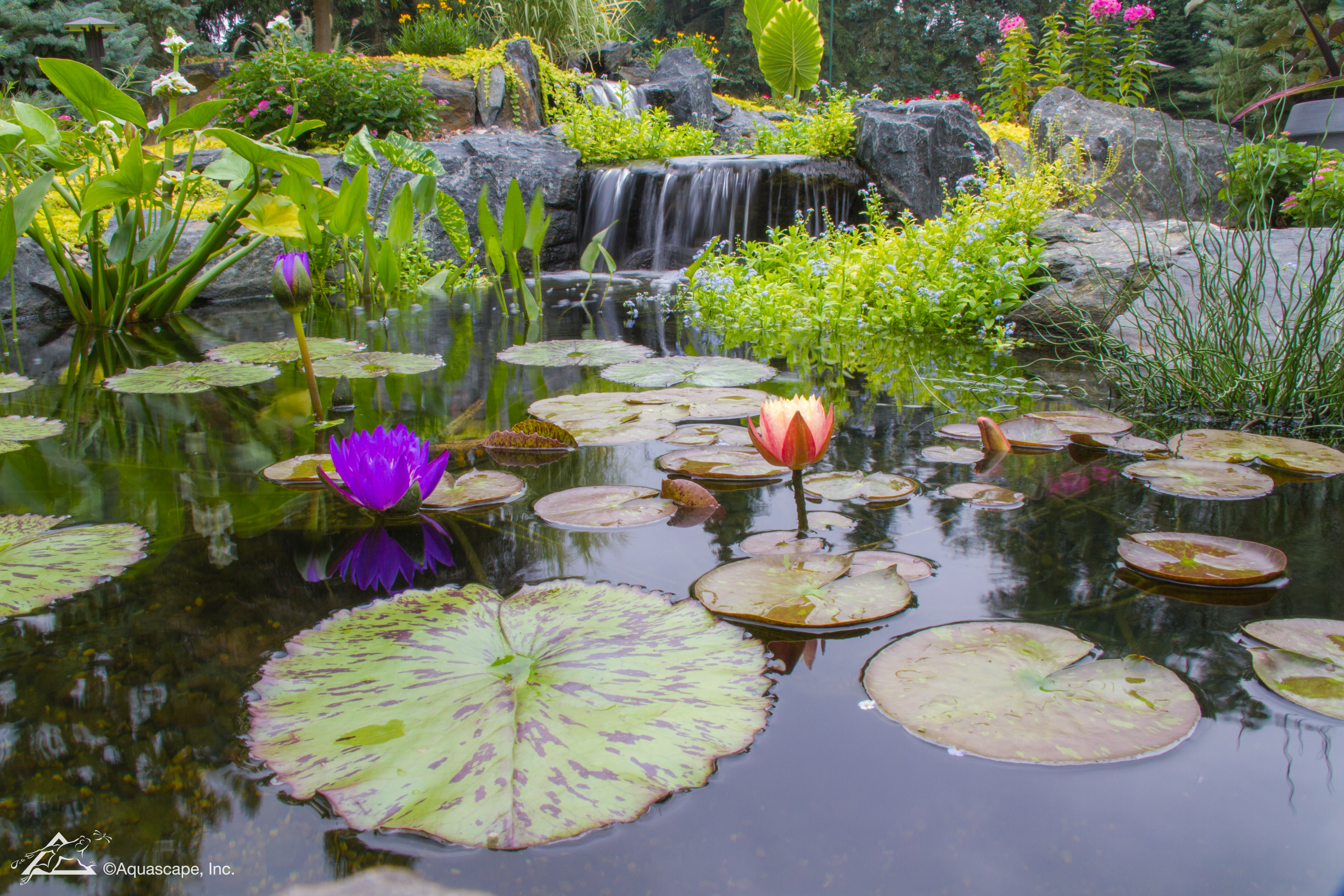



Top 10 Aquatic Plants For Water Features Ponds And Waterscapes




Amazon Com Water Lettuce Floating Live Pond Plant Pet Supplies




7 Best Floating Aquarium Plants For Beginners 21 Guide



1
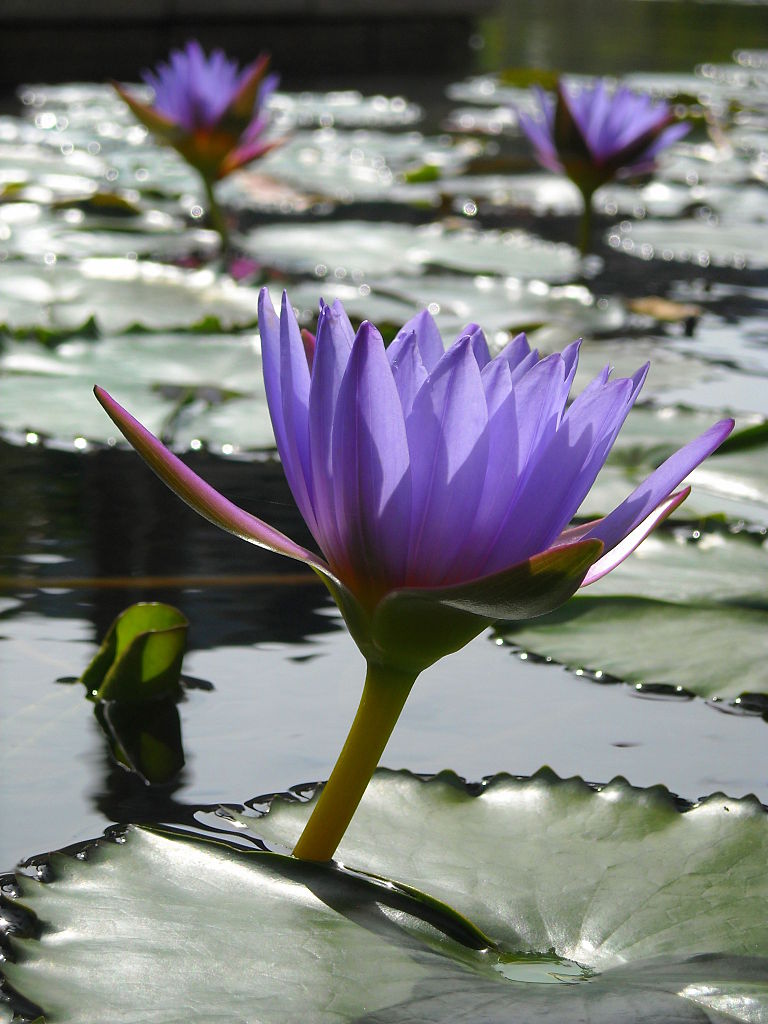



Aquatic Plants And Flowers Proflowers Blog




3 Types Of Aquatic Plants To Watch For This Spring Kasco Marine
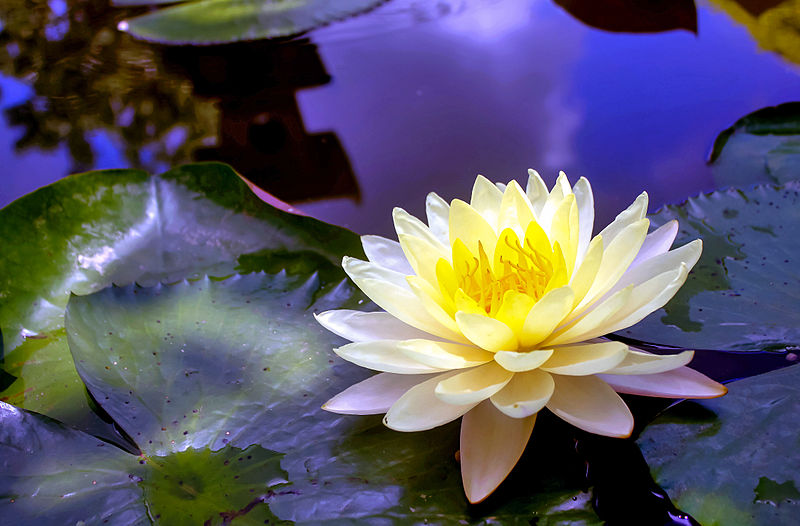



Aquatic Plants And Flowers Proflowers Blog
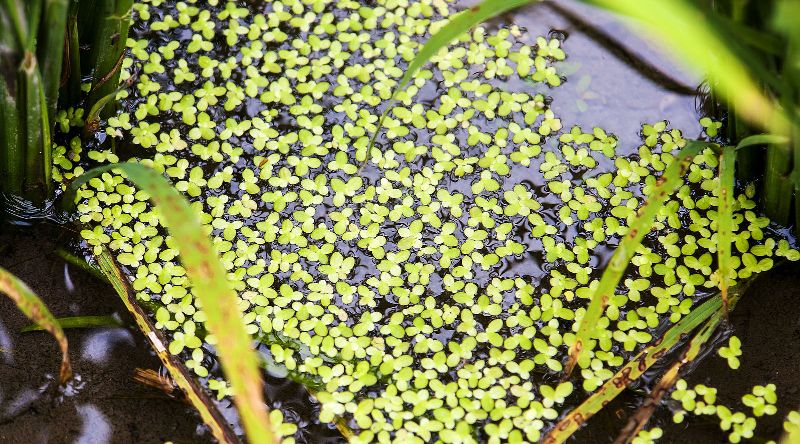



11 Awesome Floating Aquarium Plants The Complete Species Guide




A Guide To Edible Aquatic Plants Dengarden




Terrestrial And Aquatic Plants Science Class 4 Youtube



Floating Plants
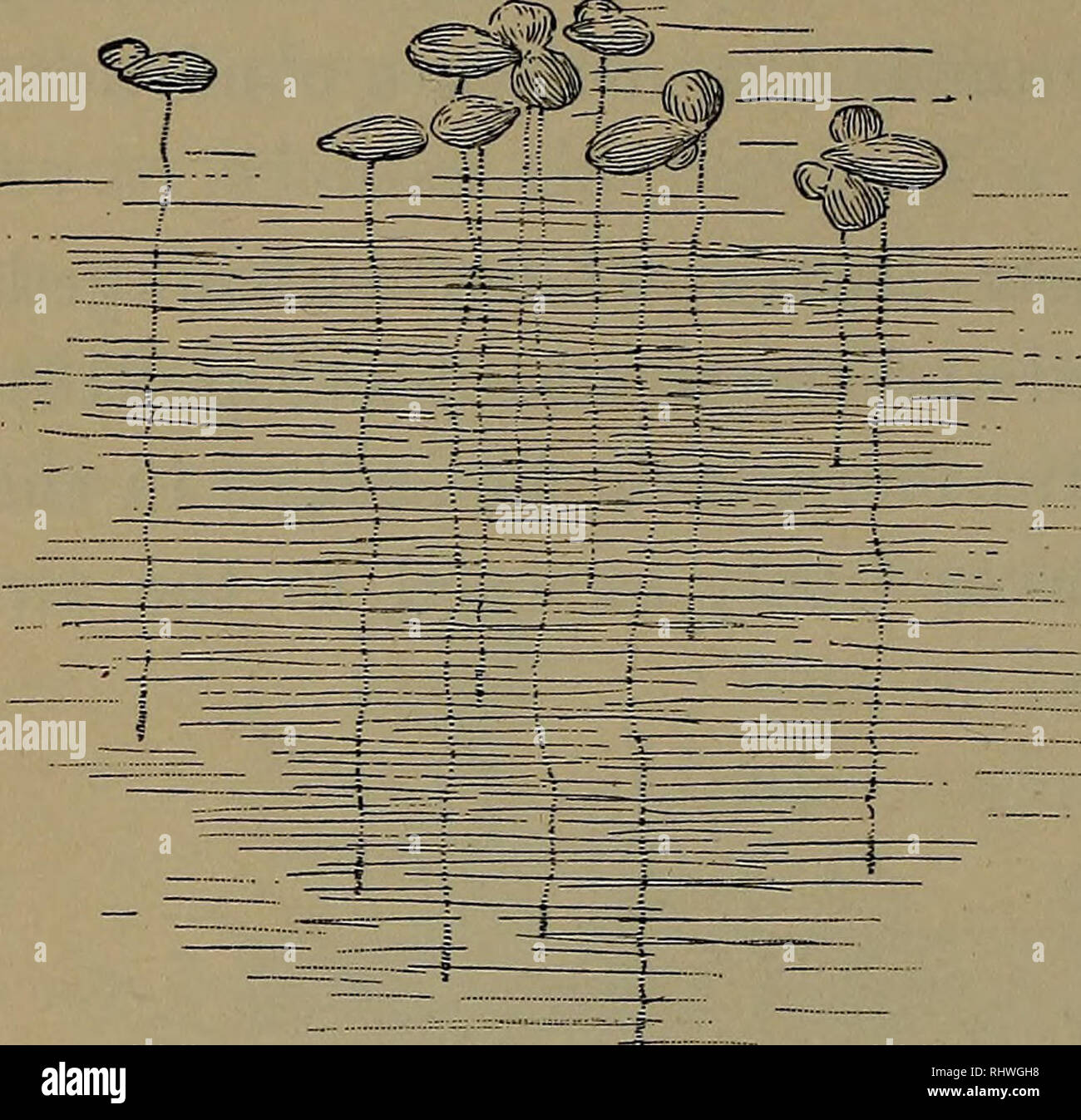



Foundations Of Botany Botany 314 Foundations Of Botany Fig 2 The Duckweed A Floating Aquatic Plant Are Good Examples Of Such Less Extremely Xerophytic Are Plants Like The Date Palm Fig 54




Floating Islands Blumberg Engineers Germany




Examples Of Aquatic Free Floating And Submerged Macrophytes Tested Download Scientific Diagram



1
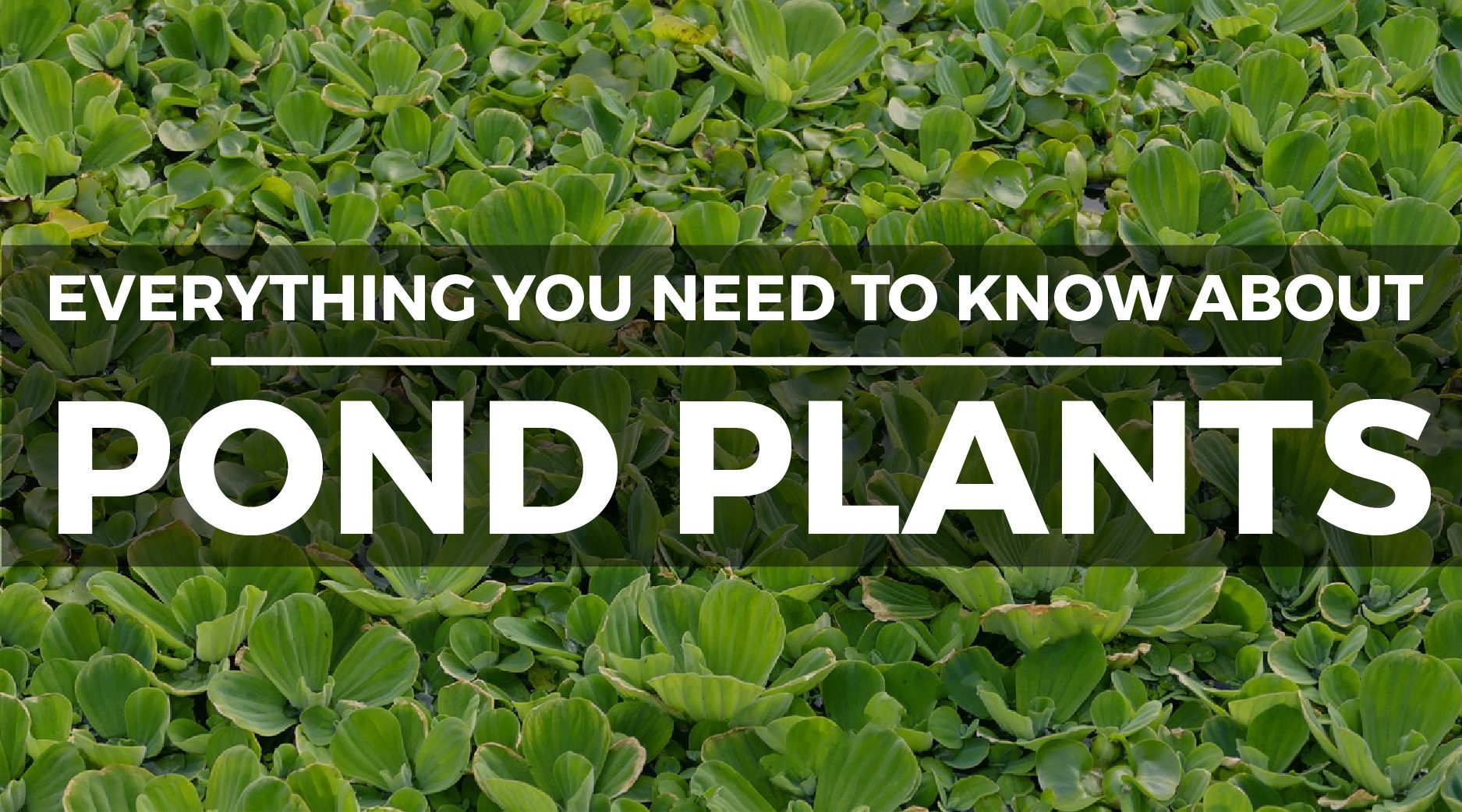



Pond Plants 13 Popular Types How To Keep Them Complete Guide
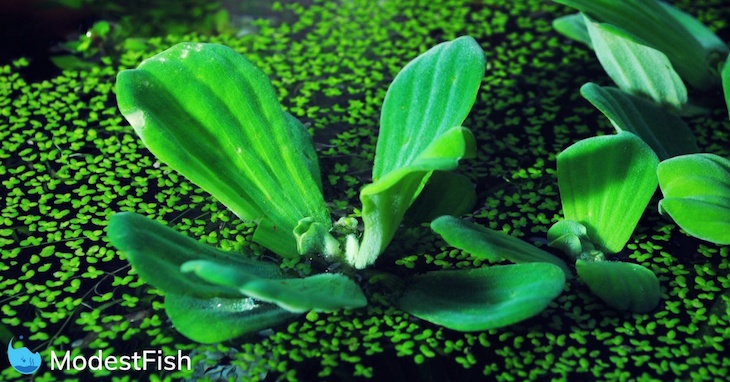



7 Best Floating Aquarium Plants For Beginners 21 Guide
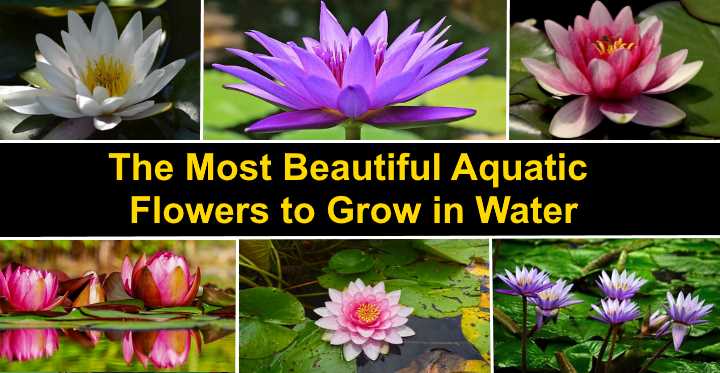



The 14 Most Beautiful Aquatic Flowers To Grow In Water




Floating Plants For Beginners Youtube




10 Best Floating Aquarium Plants 21 Reviews Top Picks It S A Fish Thing




Aquatic Plants Types Resources And Everything In Between Lovetoknow



Pond Plants Organic Pond Cleaner
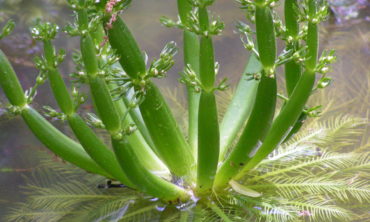



Floating Pond Plants And Aquatic Weeds Aquaplant
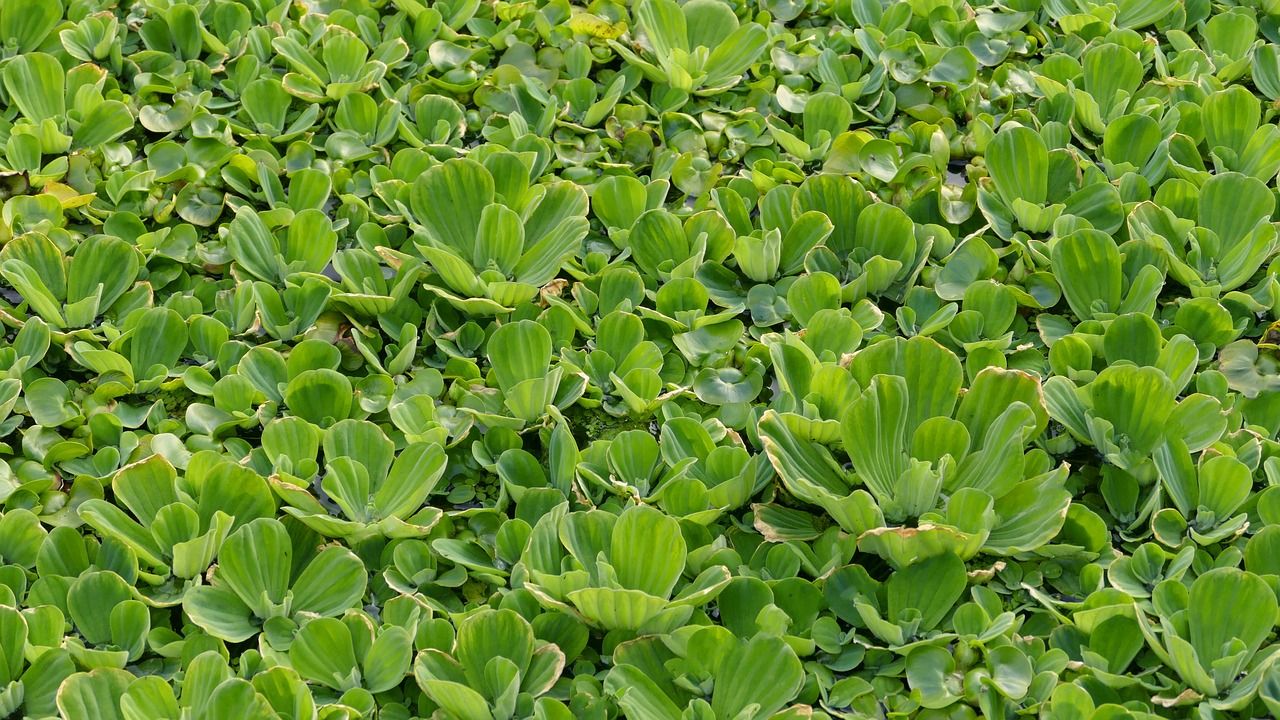



Pond Plants 13 Popular Types How To Keep Them Complete Guide



Aquatic Plants Freshwater Sportfishing Love The Outdoors




The 5 Types Of Pond Plants And Which Are The Best And Worst




The Best Water Plants Aquatic Plants For Ponds Indoors And Outdoors




Cbse Class 4 Science Aquatic Plants Youtube




Plant Identification Pond Algae Grass Weeds Moss And More




Benefits Of Floating Aquatic Plants Mark The Pond Guy




Examples Of Floating Hydrophytes Biology Class Ecology Pond Plants




Awesome Aquatic Plants Facts For Kids Aquatic Plant Types




7 Floating Pond Plants Water Garden Advice



0 件のコメント:
コメントを投稿